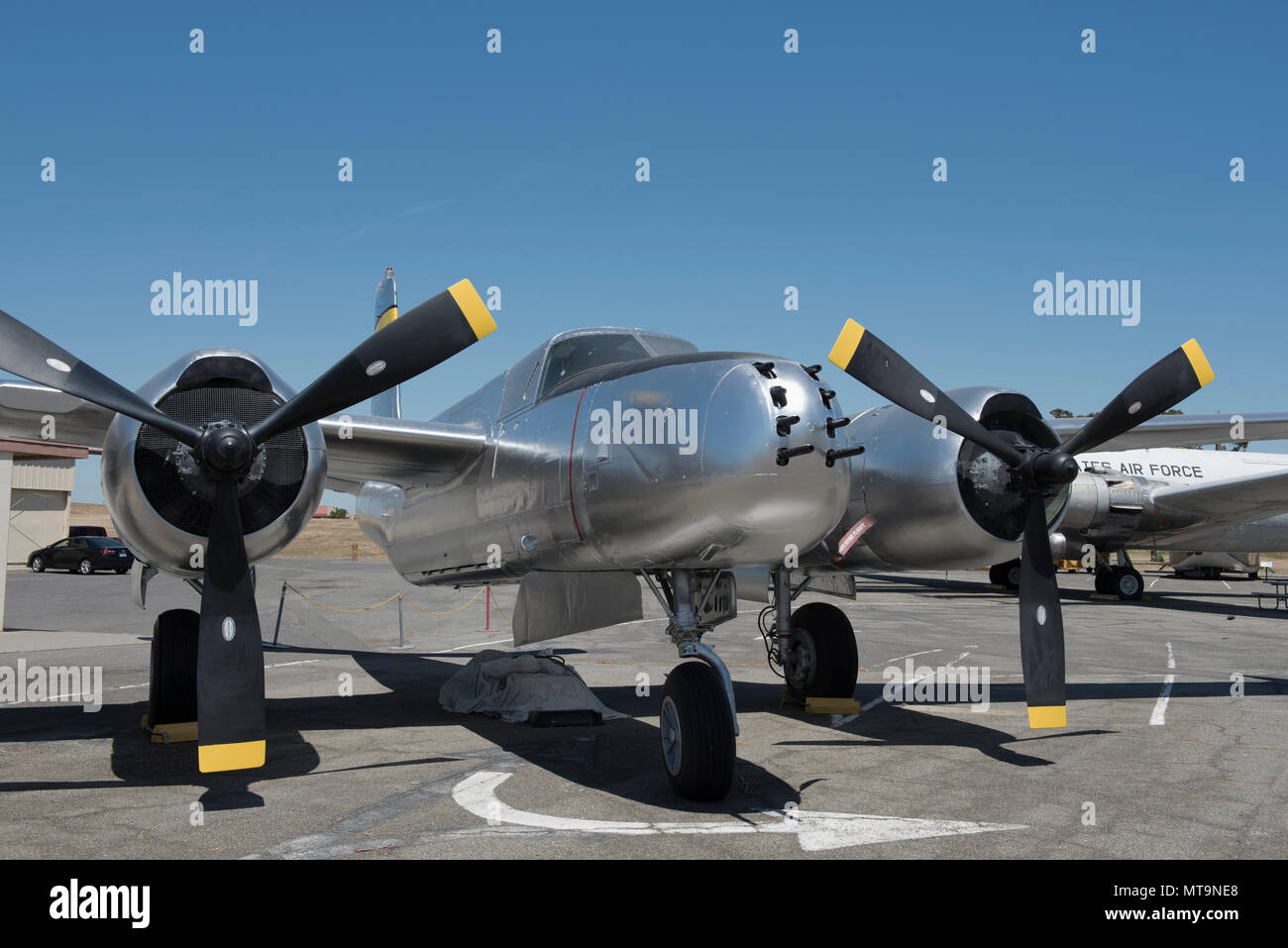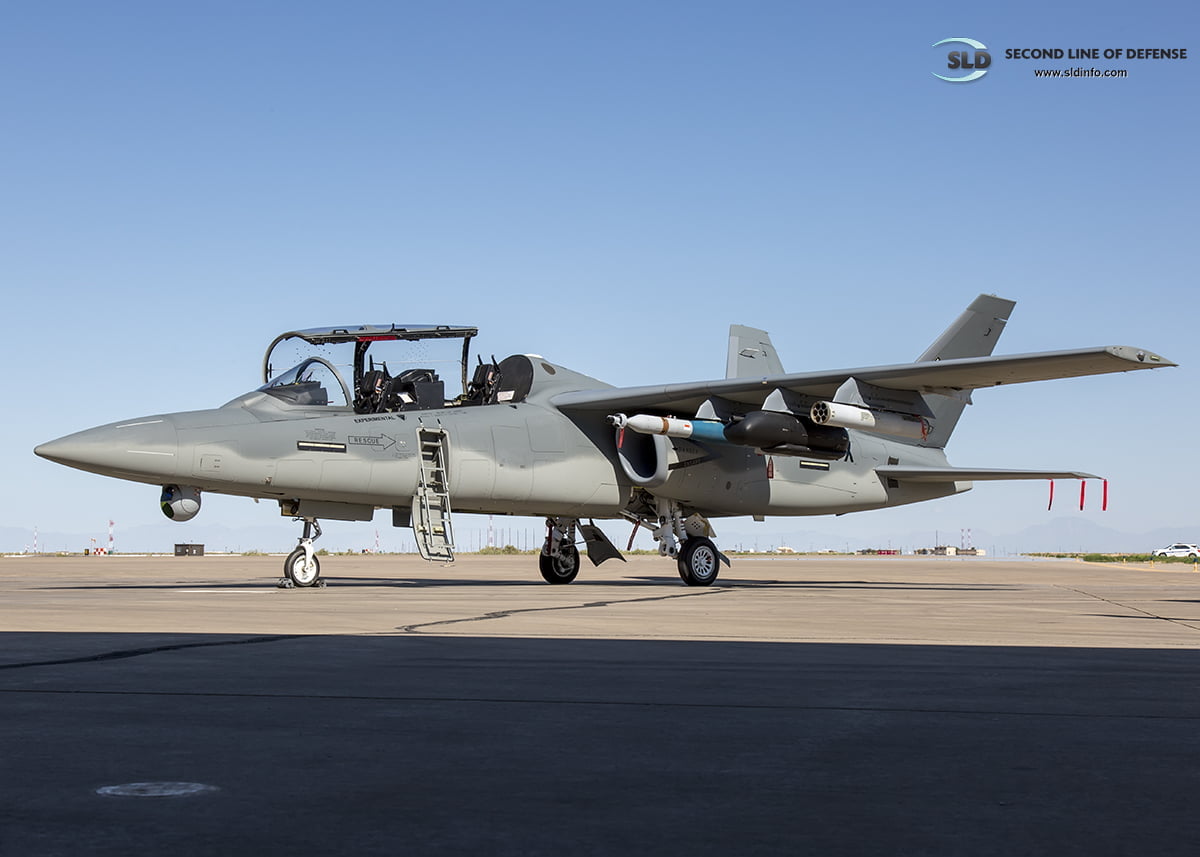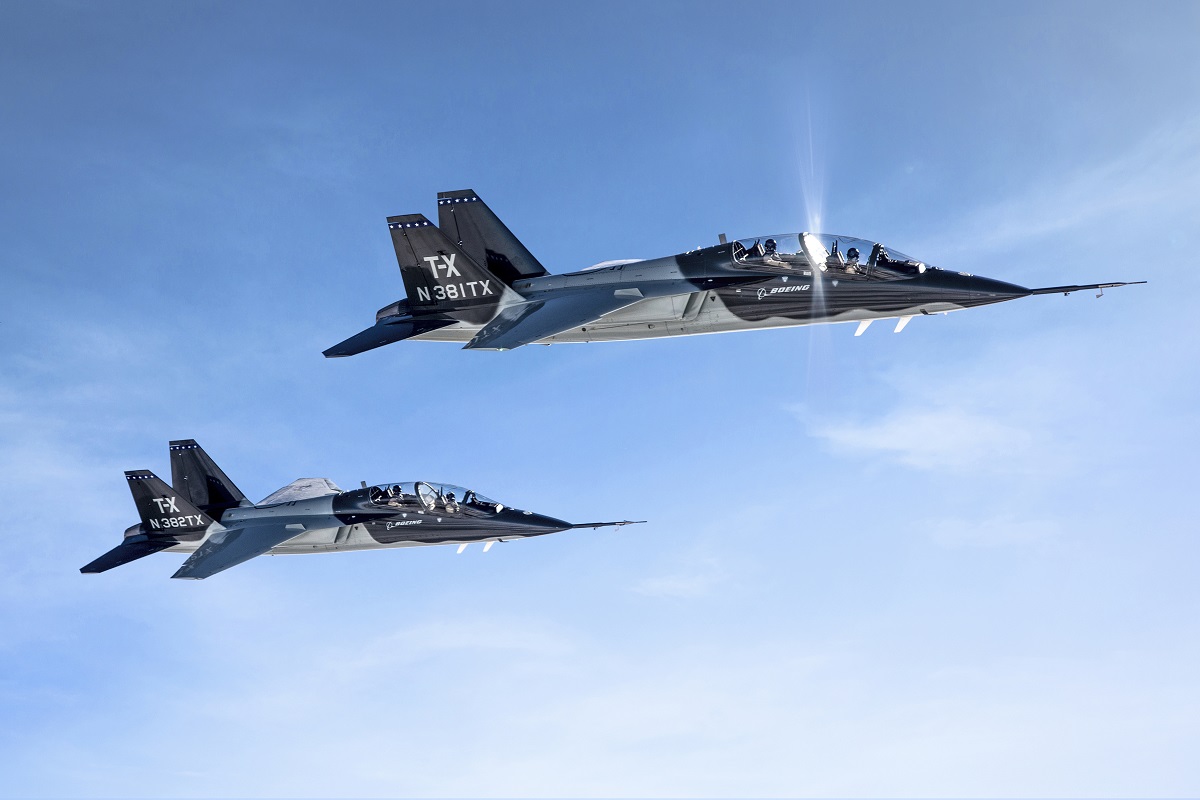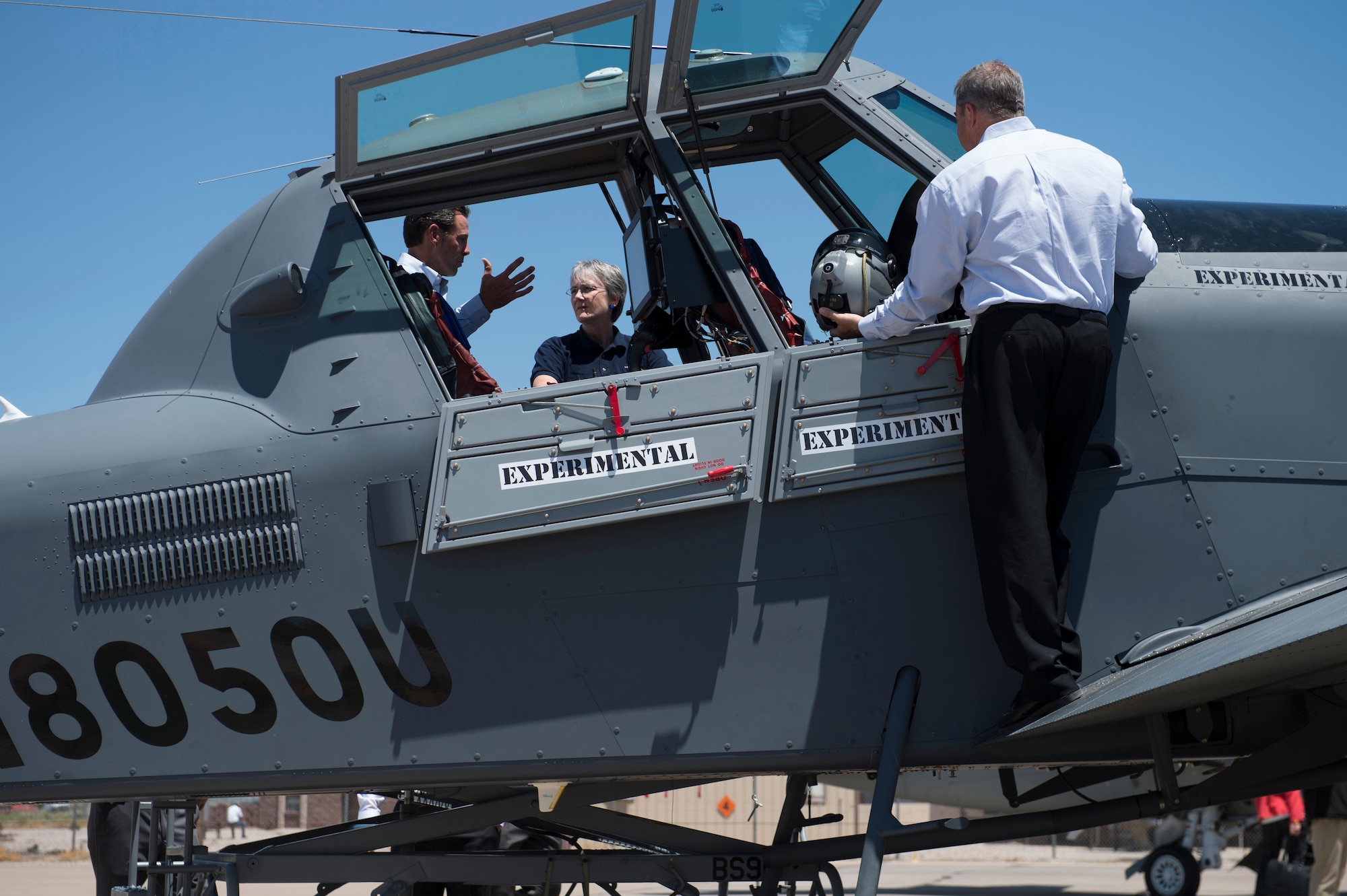Usaf Light Attack Aircraft - Meanwhile, the U.S. Special Operations Command has launched its Armed Overwatch program, and may eventually acquire some 75 "deployable and sustainable manned aircraft systems" to replace the Pilatus U-28A Draco (a PC-12 variant) for "close air support, precision strike, and SOF
intelligence, surveillance, and reconnaissance in austere and permissive environments." However, there is no certainty that this would lead to a light attack aircraft acquisition. "What can we offer in a network that is exportable, that meets all the security requirements that can interlink people with each other and with us, that can take advantage of all the different communication systems that are out there already," now-retired Air
Usaf Light Attack Aircraft

Force General Mike Holmes, then head of ACC, said at the same event. "You're offering a network that has airplanes, too, that fit in with it and not, here's a big airplane, now go figure out how you're going to talk to it and how you're going to use it."
The AT-6E that the Air Force just received also has a prominent circular antenna on top of its nose typically associated with satellite communications systems. "The aircraft features an impressive array of communication capabilities with ARC-210 radios/VHF/UHF/AES Encryption/SATCOM/Iridium Cell Satellite/AERONet/Full motion ROVER video/GPS precision approach and more," according to a piece from The Aviationist
last year. That same story said the aircraft had the same mission computer as the Air Force's A-10Cs and hands-on-throttle-and-stick (HOTAS) controls derived from those on F-16 fighter jets. The aircraft is primarily intended for light attack, reconnaissance, air defense, counter-insurgency, and patrol missions.
The twin-seat configuration of the L-159 is designed for advanced flight training. The aircraft features six under-wing mountings, which can carry bombs, rocket launchers, and air-to-ground and air-to-air guided missiles. However, it now seems that, after completing the airworthiness certification, Textron Aviation Defense will train multiple USAF instructor pilots from the 81st Fighter Squadron in preparation for the Continued Light Attack Experiment (CLAE), which will take place between January and May 2022.
CLAE is intended to explore cost-effective solutions to Countering Violent Extremist Organizations (C-VEO) by co-developing and implementing tactics, techniques and procedures with partner nations, utilizing a light attack aircraft. The Air Force Life Cycle Management Center (AFLCMC) based at Wright-Patterson Air Force Base in Ohio, announced the arrival of the AT-6E on Feb.
17, 2021. The AT-6E is a variant of the T-6 Texan II trainer from Beechcraft, a division of Textron, configured for light attack and intelligence, surveillance, and reconnaissance (ISR) missions. The Air Force, as well as the U.S.
Navy and the U.S. Army, already operate unarmed versions of the Texan II. The Air Force announced that the Air Combat Command (ACC) could get as many as three AT-6s to support work on AEROnet in 2019 and that system is the centerpiece of these aircraft.
"Think of the partner nations that wouldn't necessarily be allowed to have Type 1 encryption, which is the encryption we have in Link 16 and things like that, but we still need to build our coalition," then-Air Force Brigadier General Michael
Schmidt, the Program Executive Officer for Command, Control, Communications, Intelligence, and Networks at AFLCMC, said at a conference in 2019. Schmidt has since been promoted to Major General. "A new aircraft just entered the @usairforce fleet!," a post from AFLCMC's official Twitter account said.
"Congrats to our Fighters and Advanced Aircraft Directorate's Light Attack Aircraft Program Office, for leading efforts to acquire and field @TextronAviation's AT-6 Wolverine!" The M-346FA (Fighter Attack) is a light combat variant of the M-346 advanced jet trainer developed by Leonardo (formerly Alenia Aermacchi).
Unveiled at the 2017 Paris Air Show, the M-346FA is being promoted as a light attack aircraft that can also be used for combat training. The U.S. Air Force's plans for the Wolverine seem to be changing.
Initially, it indicated that the two AT-6Es would support the Air Combat Command's (ACC) development of operational tactics and standards for exportable, tactical data-sharing networks. In particular, the aircraft was to be used to help prove the new Airborne Extensible Relay Over-Horizon Network (AEROnet), the USAF's prototype data-sharing network, which is intended to improve interoperability with international partners.
It's worth noting that this is not the first time the Air Force has experimented with an AT-6 variant. The service has tested these aircraft on multiple occasions as part of various programs stretching back more than a decade now.

The decision to buy Wolverines for the AEROnet tests followed on from an abortive effort that began in 2017, which was intended to pave the way for the acquisition of hundreds of low-cost light attack aircraft.
The goal of that project was to reduce the strain on higher-end combat jet fleets and provide more persistent, flexible, and cheaper firepower to support operations in permissive environments. You can read more about this entire saga, and the past failed Air Force light attack program, in detail in this past War Zone piece.
The U.S. The Air Force has finally acknowledged that it received the first of two Beechcraft AT-6E Wolverine light attack aircraft on December 18, 2020, and mounted a closed ceremony recognizing the handover in Wichita, Kansas, on February 3, 2021. The aircraft, wearing the
serial 20-8101, was the third production-representative test vehicle produced by Beechcraft, and previously wore a desert camouflage color scheme and the registration N630LA. Textron Aviation Defense announced the finalization of a $70.2 million contract with the U.S.
Air Force Life Cycle Management Center in March 2020. This contract covered the provision of two Beechcraft AT-6 Wolverine aircraft, pilot training, engineering services and up to four years of contractor support for maintenance and spares.
The first aircraft was to be an existing Beechcraft test asset, but the second is newly built. Over the next six months the aircraft will remain at Wichita, where the Light Attack Aircraft Program Office and Textron Aviation Defense will work together to obtain airworthiness certification for the AT-6E.
Once the aircraft has a U.S. military type certificate, it will be available for export under the direct commercial sales process, or via the foreign military sales procedure. Both Tunisia and Thailand have received U.S. Congressional approval to acquire the type, and other nations are understood to be interested in acquiring the AT-6E.

It's unclear whether AFSOC is still pursuing that acquisition effort or not. That command has also been trying to acquire new light attack/ISR aircraft that it could use to support lower-end counter-terrorism and similar operations as part of a program called Armed Overwatch.
Last year, Congress blocked its request for funds to start buying planes to meet those requirements in the 2021 Fiscal Year. However, AFSOC Commander Air Force Lieutenant General James Slife said just recently that he is optimistic that legislators can be convinced to allocate money for this project in the next fiscal cycle.
The Textron AirLand Scorpion is a light attack and intelligence, surveillance and reconnaissance (ISR) aircraft offered by and developed by Textron AirLand, a joint venture of Textron and AirLand Enterprises. The jet aircraft made its first flight in December 2013.
The aircraft carries a weapons load of up to 3,850kg, comprising a General Dynamics A-50 three-barrel rotary cannon, AIM-9 Sidewinder and AIM-120 AMRAAM air-to-air missiles, AGM-65 Maverick air-to-surface missiles, Hydra 70 and LOGIR rocket launchers, cluster bombs, and general-purpose bombs.
The Textron Scorpion has a maximum payload capacity of 4,173kg while its six wing-mounted hardpoints can carry up to 2,810kg of ordnance, including a gun, rockets, laser-guided missiles, infrared air-to-air-missiles, and other guided and unguided munitions.
The aircraft is equipped with a Pratt & Whitney Canada PT6A-68C turboprop engine driving a Hartzell five-bladed propeller. The engine develops enough power to reach a maximum speed of 593 km/h, while the external fuel tanks ensure a maximum range of 3,056 km.
Primarily intended for advanced flight training, the aircraft can perform light-attack and reconnaissance missions. It provides nine external stations with a total payload capacity of 3,000 kg. It can carry air-to-air missiles, smart bombs, aerial bombs, unguided rockets, and a gun pod.

The Tejas LCA is powered by a General Electric F404-GE-IN20 turbofan engine, which develops a maximum thrust of 90kN with afterburner. The power plant enables the aircraft to fly at speeds up to 1,975 km/h. The aircraft can reach a maximum range of 3,000 km.
It has an additional station under the fuselage, which is typically occupied by a sensor turret containing electro-optical and infrared cameras. The Air Force's model reportedly has a WESCAM MX-15D turret, which also includes a laser designator, from L3Harris.
Although the USAF once said that it wanted "a viable cost-effective capability to counter the violent extremist threat, freeing fourth- and fifth-generation aircraft to face emerging threats," the prospects of the Air Force ordering a light attack aircraft for its own
use seem to have receded. The USAF now appears to view light attack aircraft as a means of supporting allies and building the capacity of partner nation air forces, rather than as something that it might itself operate.
The jet aircraft is deployed in basic and advanced flight training, light combat, close air support, counter-insurgency, and reconnaissance missions. It features five external hardpoints, which can carry 1,640 kg of payload, including a gun pod, air-to-air missiles, guided/unguided rockets, and bombs.
The multi-mission aircraft is contending with the A-29 Super Tucano for the US Air Force's light attack aircraft program. It features seven hardpoints and can carry a maximum payload of 1,864kg, including more than 13 general purpose and precision munitions.
The Hongdu L-15 is an advanced jet trainer and light attack aircraft manufactured by Hongdu Aviation Industry Group (HAIG) for the People's Liberation Army Air Force (PLAAF). The aircraft entered service with the PLAAF in 2010.

The most immediately visible difference between the AT-6E, which Beechcraft has marketed in the past as the AT-6B, AT-6C, or simply the AT-6, and the standard Texan II trainers are its six underwing pylons. These can accommodate various precision-guided bombs and missiles, as well as rocket and gun pods, among other stores.
This particular AT-6E interestingly has a green-and-gray paint job that appears to be at least inspired by a pattern known as European One. Many Air Force aircraft, including A-10 ground attack jets, wore this camouflage scheme during the latter stages of the Cold War and immediately afterwards.
The TA-50 is a light attack aircraft/lead-in fighter trainer version of the T-50 supersonic advanced trainer aircraft developed by Korea Aerospace Industries (KAI) in collaboration with Lockheed Martin. The first TA-50 entered service with the Republic of Korea Air Force (ROKAF) in 2011.
A Pratt & Whitney Canada PT6A-68 turboprop engine coupled to a Hartzell four-bladed propeller powers the AT-6 Wolverine. The engine develops a maximum power of 1,177 kW and enables the aircraft to fly at a maximum speed of 827 km/h.
The ferry range of the aircraft is 3,195 km when fitted with four external fuel tanks. The primary operators of the aircraft include the air forces of Brazil, Colombia, Afghanistan, Chile, Ecuador, and Indonesia. The A-29 Super Tucano carries a range of ordnance weighing up to 1,550kg, including gun pods, air-to-air and air-to-surface missiles, precision-guided munitions and bombs.
The cancellation of that Light Attack Aircraft (LAA) program also led into a plan to get up to three Embraer A-29 Super Tucanos via the U.S.-based Sierra Nevada Corporation for Air Force Special Operations Command (AFSOC).
AFSOC would then use those single-engine turboprop light attack aircraft to help Combat Aviation Advisors, who are themselves tasked with training and advising foreign air forces. A number of American allies and partners already operate, or are planning to operate, both the A-29 and the AT-6.
The EMB 314 Super Tucano, also known as A-29 Super Tucano, is a turboprop light attack aircraft offered by Embraer to meet the light combat requirements of the armed forces worldwide. It is a successor of the EMB 312 Tucano trainer.
The U.S. The Air Force has taken delivery of its first Beechcraft AT-6E Wolverine single-engine turboprop light attack aircraft. The service has said in the past that it could acquire up to three of these aircraft to support a program called the Airborne Extensible Relay Over-Horizon Network, or AEROnet, focused on developing a low-cost communications and data-sharing architecture to help allies
and partners work together better during coalition operations. The L-159 advanced light combat aircraft (ALCA) is a single-seat subsonic attack aircraft from the Czech manufacturer AERO Vodochody. The first ALCA prototype made its maiden flight in August 1997, while the first aircraft entered service with the Czech Air Force in 2000.
air force light attack aircraft, new us light attack aircraft, light ground attack aircraft, at 6 light attack aircraft, us light attack aircraft, new ground attack aircraft, new air force attack aircraft, new attack aircraft


0 Comments